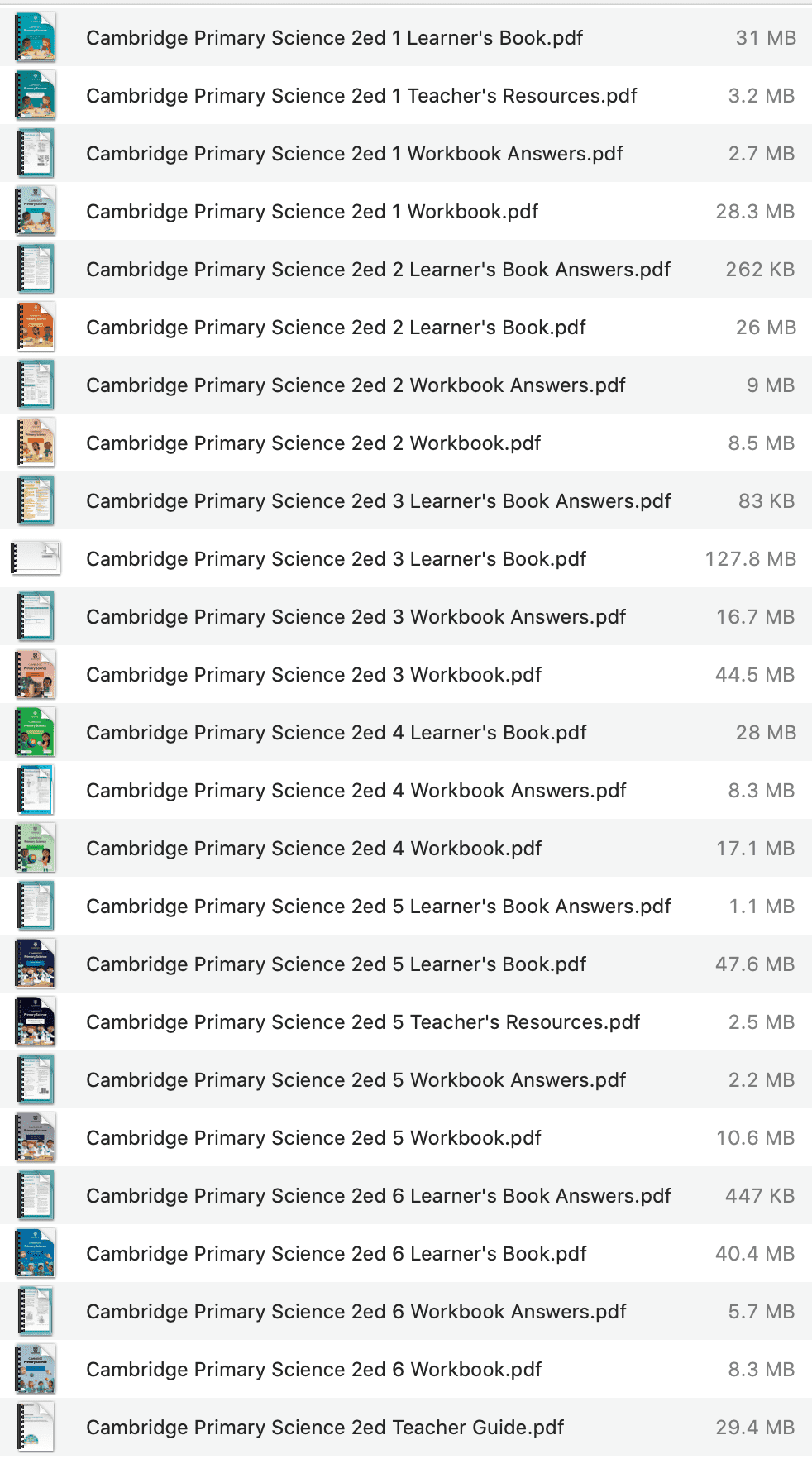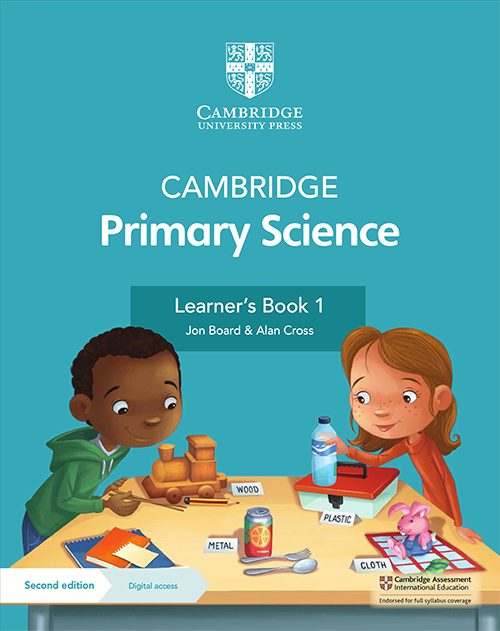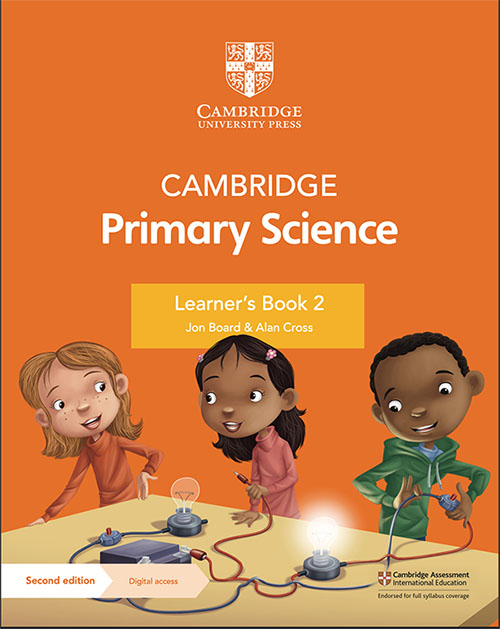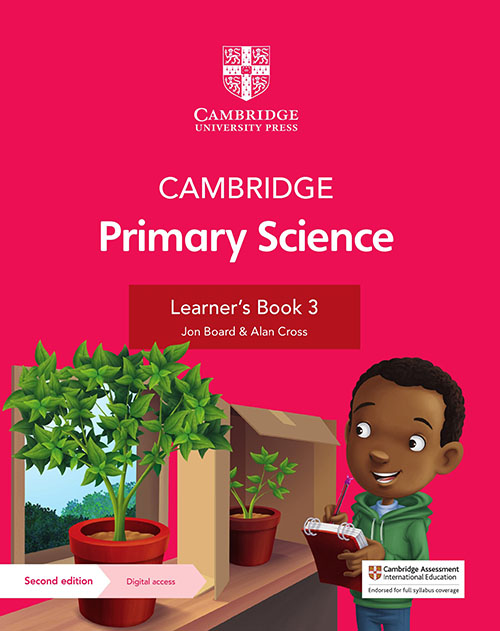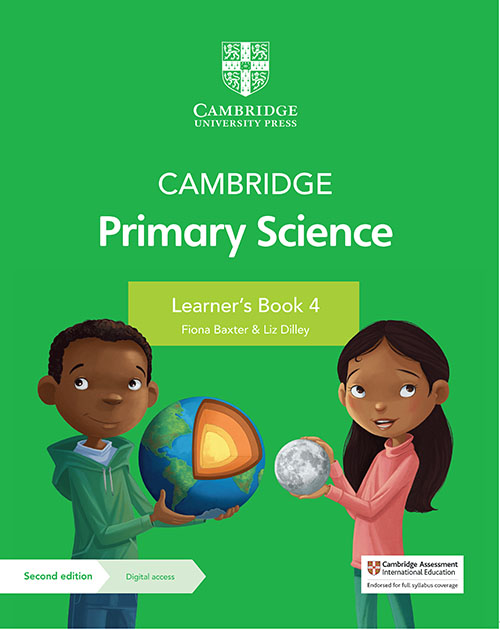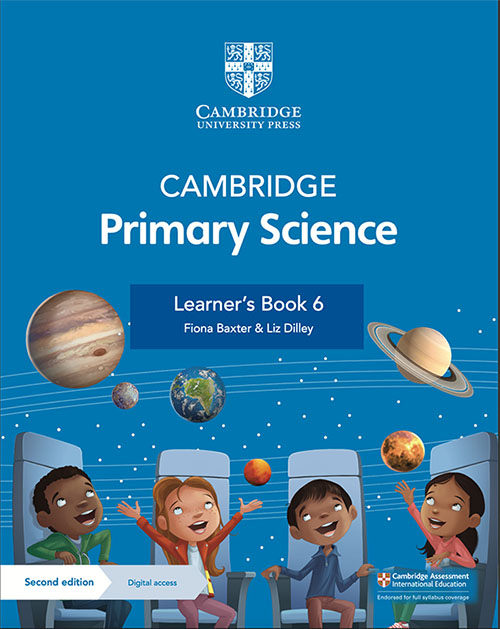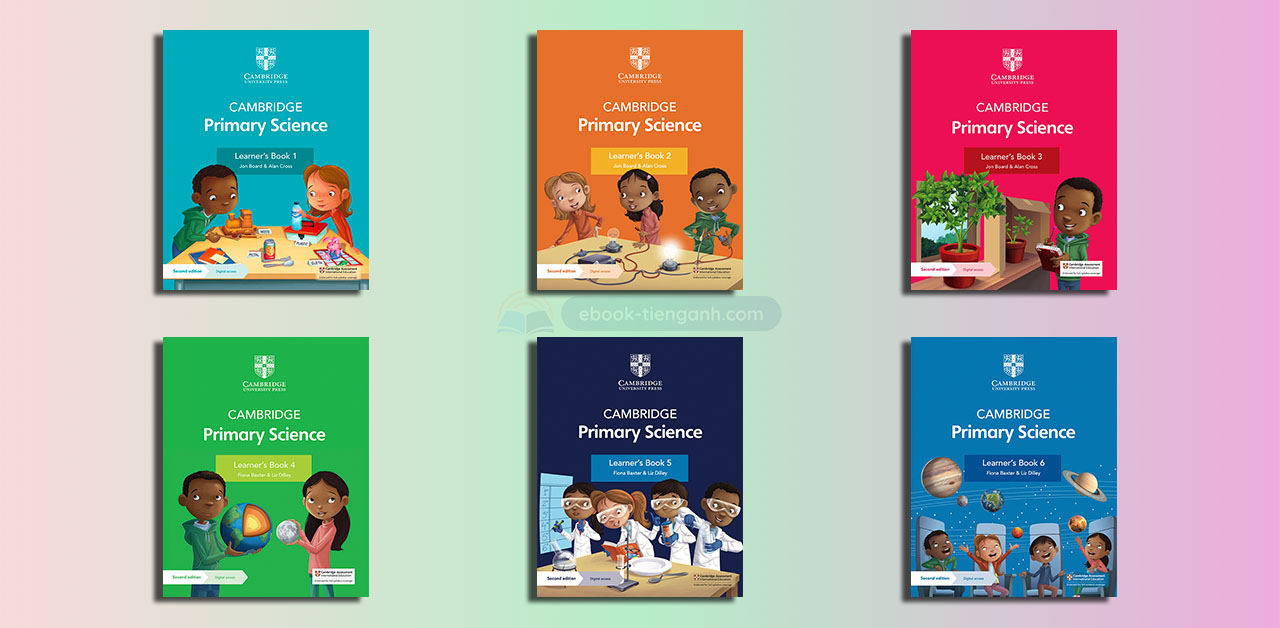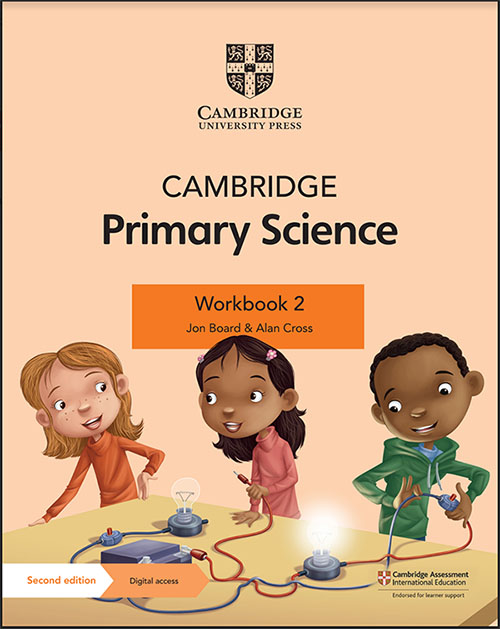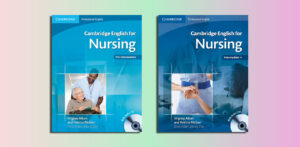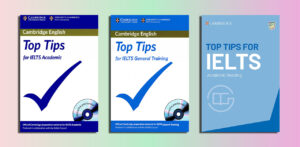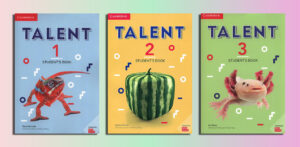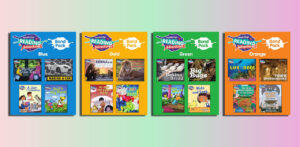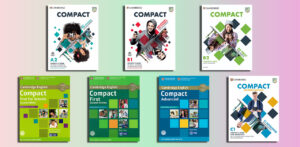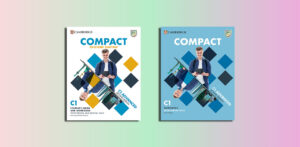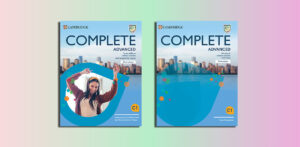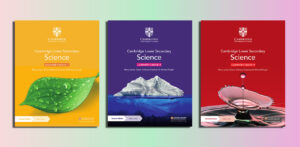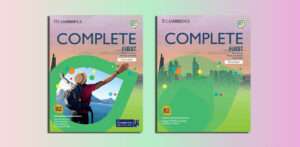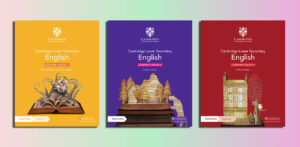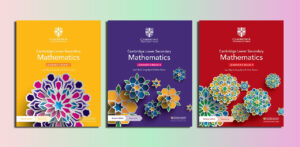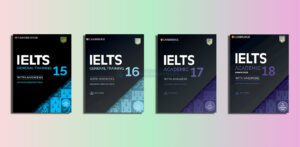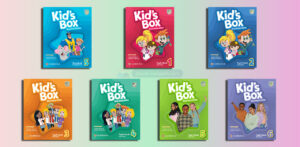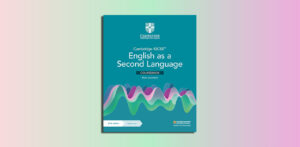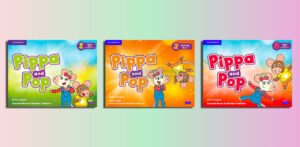Cambridge Primary Science 2nd Edition (PDFs, Resources)
Level 1
Cambridge Primary Science 2ed 1 Learner’s Book.pdf – Sample: Click
Cambridge Primary Science 2ed 1 Teacher’s Resources.pdf
Cambridge Primary Science 2ed 1 Workbook Answers.pdf
Cambridge Primary Science 2ed 1 Workbook.pdf – Sample: Click
Level 2
Cambridge Primary Science 2ed 2 Learner’s Book Answers.pdf
Cambridge Primary Science 2ed 2 Learner’s Book.pdf – Sample: Click
Cambridge Primary Science 2ed 2 Workbook Answers.pdf
Cambridge Primary Science 2ed 2 Workbook.pdf – Sample: Click
Level 3
Cambridge Primary Science 2ed 3 Learner’s Book Answers.pdf
Cambridge Primary Science 2ed 3 Learner’s Book.pdf – Sample: Click
Cambridge Primary Science 2ed 3 Workbook Answers.pdf
Cambridge Primary Science 2ed 3 Workbook.pdf – Sample: Click
Level 4
Cambridge Primary Science 2ed 4 Learner’s Book.pdf – Sample: Click
Cambridge Primary Science 2ed 4 Workbook Answers.pdf
Cambridge Primary Science 2ed 4 Workbook.pdf – Sample: Click
Level 5
Cambridge Primary Science 2ed 5 Learner’s Book Answers.pdf
Cambridge Primary Science 2ed 5 Learner’s Book.pdf – Sample: Click
Cambridge Primary Science 2ed 5 Teacher’s Resources.pdf
Cambridge Primary Science 2ed 5 Workbook Answers.pdf
Cambridge Primary Science 2ed 5 Workbook.pdf – Sample: Click
Level 6
Cambridge Primary Science 2ed 6 Learner’s Book Answers.pdf
Cambridge Primary Science 2ed 6 Learner’s Book.pdf – Sample: Click
Cambridge Primary Science 2ed 6 Workbook Answers.pdf
Cambridge Primary Science 2ed 6 Workbook.pdf – Sample: Click
Cambridge Primary Science 2ed Teacher Guide.pdf
Related book series:
⭐️ Cambridge Global English 2nd Edition: Click here
Overview of the “Cambridge Primary Science Second Edition”
Contents
- 1 Overview of the “Cambridge Primary Science Second Edition”
- 2 Who is suitable for ‘Cambridge Primary Science Second Edition’?
- 3 The benefits of ‘Cambridge Primary Science Second Edition’
- 4 Effective teaching and learning strategies for ‘Cambridge Primary Science Second Edition’
- 5 Additional Science Curriculum Series for Primary and Lower Secondary Education
The Cambridge Primary and Lower Secondary Science 2nd Edition is an educational resource designed to engage young learners in the fascinating world of science through hands-on experiences and exploration. The curriculum is meticulously crafted to foster critical thinking, communication, and collaboration skills among students. It places a strong emphasis on active learning, ensuring that students are not just passive recipients of information but active participants in their learning journey.
Here are some key features of this edition:
- Hands-on Learning: Activities such as making circuits, studying plant growth, and understanding gravity encourage students to learn through doing, enhancing their understanding and retention of scientific concepts.
- Differentiation and Assessment: The curriculum is designed to cater to the diverse needs of learners, offering opportunities for differentiation. Assessment for learning techniques are integrated to help monitor progress and tailor instruction to meet the needs of each student.
- Vocabulary Development: There is a specific focus on developing subject-specific vocabulary, which is crucial for students to articulate scientific ideas clearly and confidently.
- Scientific Enquiry Skills: The resources provide numerous opportunities for students to develop their scientific enquiry skills, promoting a deeper understanding of scientific processes and methods.
- Digital Classroom Resource: This innovative feature includes videos, audio clips, and interactive activities designed to enrich the learning experience and bring scientific concepts to life.
- Teacher Support: The series comes with comprehensive teachers’ resources, offering guidance, lesson plans, and support to help educators deliver effective science instruction with confidence.
- Aligned with Cambridge Frameworks: The curriculum is developed to align with the Cambridge International Primary and Lower Secondary Curriculum Frameworks, ensuring a high-quality and internationally recognized educational standard.
The Cambridge Primary and Lower Secondary Science 2nd Edition represents a modern approach to science education, integrating traditional learning with digital tools and resources to create a dynamic and interactive learning environment. It aims not only to impart scientific knowledge but also to instill a sense of curiosity and a love for learning in young minds.
Cambridge Primary Science 2ed 2 Workbook
Who is suitable for ‘Cambridge Primary Science Second Edition’?
The “Cambridge Primary Science Second Edition” is designed specifically for students enrolled in the Cambridge International Primary and Lower Secondary Curriculum Frameworks. It is most suitable for:
- Primary School Students: Aimed at young learners who are in the primary stages of their education. The curriculum typically caters to children aged 5 to 11 years, providing them with a foundation in science that is both comprehensive and engaging.
- Lower Secondary Students: It also extends to lower secondary levels, catering to students aged 11 to 14 years. At this stage, the curriculum builds on the foundation laid in the primary years, delving deeper into scientific concepts and enquiry to prepare students for more advanced studies.
- Students Seeking an Active Learning Experience: The curriculum is designed for learners who benefit from a hands-on, active approach to education. It encourages participation, experimentation, and enquiry, making it ideal for students who thrive in an interactive learning environment.
- Learners Requiring a Global Perspective: Given its alignment with the Cambridge International Primary and Lower Secondary Curriculum Frameworks, this edition is well-suited for students who are part of an international education system or those seeking an education that is recognized globally.
- Educators Looking for Comprehensive Resources: The second edition is not only student-friendly but also includes extensive resources for teachers, making it suitable for educators seeking a well-supported teaching experience. It offers lesson plans, assessment tools, and digital resources to aid in the delivery of effective science education.
- Schools Aiming to Develop Key Skills: Schools that prioritize the development of critical thinking, communication, collaboration, and scientific enquiry skills in their students will find this curriculum aligns with their educational objectives.
In summary, the “Cambridge Primary Science Second Edition” is suitable for primary and lower secondary students who are part of the Cambridge International education system, educators who value support and resources in science teaching, and schools committed to providing a comprehensive, interactive, and globally recognized science education.
Cambridge Primary Science 2ed 1 Learner’s Book
The benefits of ‘Cambridge Primary Science Second Edition’
The “Cambridge Primary Science Second Edition” offers a comprehensive suite of benefits tailored to enhance the educational experience of students and educators alike in the field of science. Here are some of the key advantages:
1. Engagement through Active Learning
- The curriculum emphasizes hands-on experiments, activities, and interactive digital content, ensuring that students are actively engaged in their learning. This approach helps to foster a deeper understanding of scientific concepts and principles.
2. Development of Key Skills
- Beyond acquiring scientific knowledge, students develop critical thinking, problem-solving, communication, and collaboration skills. These are essential for success in science and other areas of learning and life.
3. Scientific Enquiry
- It promotes scientific enquiry skills, encouraging students to question, hypothesize, experiment, observe, and analyze. This methodological approach to science cultivates a scientific mindset and a deeper appreciation for how scientific principles apply in the real world.
4. Differentiation and Assessment for Learning
- With resources designed to cater to diverse learning needs, educators can tailor their teaching strategies to support all students effectively. Assessment for learning strategies are integrated to help monitor progress and provide feedback that guides students’ learning journeys.
5. Support for Vocabulary Development
- The curriculum places a strong emphasis on building subject-specific vocabulary, equipping students with the language skills needed to articulate scientific ideas accurately and confidently.
6. Digital Resources and Multimedia Content
- The accompanying Digital Classroom resource enriches the learning experience with videos, audio clips, and interactive activities. This digital dimension brings science to life, making abstract concepts more tangible and understandable.
7. Comprehensive Teacher Support
- Teachers are provided with extensive resources, including lesson plans, guidance, and professional development materials. This support helps educators to deliver high-quality science instruction and feel confident in their teaching.
8. Global Recognition
- As it is developed to align with the Cambridge International Primary and Lower Secondary Curriculum Frameworks, students receive an education that is recognized and respected worldwide. This can be particularly beneficial for students in international settings or those who may move between countries.
9. Preparation for Future Studies
- The curriculum lays a solid foundation in science that prepares students not only for secondary education but also for further studies and careers in science, technology, engineering, and mathematics (STEM) fields.
10. Encouragement of Curiosity and Lifelong Learning
- By making science accessible and engaging, the curriculum nurtures a sense of curiosity and a love for learning that students can carry with them beyond their school years.
Overall, the “Cambridge Primary Science Second Edition” stands out as a robust educational framework that prepares students for the future, supports teachers with comprehensive resources, and promotes an active, enquiry-based approach to learning science.
Cambridge Primary Science 2ed 4 Learner’s Book
Effective teaching and learning strategies for ‘Cambridge Primary Science Second Edition’
Effective teaching and learning strategies are crucial for maximizing the educational benefits of the “Cambridge Primary Science Second Edition.” By leveraging these strategies, educators can enhance student engagement, understanding, and retention of scientific concepts. Here are several strategies that align well with the curriculum’s emphasis on active learning, critical thinking, and scientific enquiry:
1. Inquiry-Based Learning
- Encourage students to ask questions, make predictions, and conduct experiments. This approach fosters curiosity and allows students to learn through discovery, making scientific concepts more relevant and understandable.
2. Differentiated Instruction
- Tailor teaching methods and activities to meet the diverse learning needs of students. This can include varying the level of difficulty of tasks, using different types of resources, or employing varied teaching techniques to cater to different learning styles.
3. Collaborative Learning
- Implement group work and collaborative projects to promote communication and teamwork among students. Collaborative learning encourages students to share ideas, discuss scientific concepts, and learn from one another.
4. Use of Digital Resources
- Integrate the Digital Classroom resources provided with the curriculum, such as videos, interactive activities, and audio clips. These resources can make lessons more engaging and help clarify complex scientific ideas.
5. Hands-On Experiments
- Conduct regular hands-on experiments and practical activities. This not only reinforces theoretical knowledge but also helps students develop critical scientific skills such as observation, measurement, and analysis.
Cambridge Primary Science 2ed 6 Learner’s Book
6. Real-World Connections
- Connect scientific concepts to real-world scenarios and applications. Demonstrating how science is relevant to everyday life can increase student interest and motivation to learn.
7. Formative Assessment
- Utilize formative assessments regularly to gauge student understanding and adjust teaching strategies accordingly. This can include quizzes, student reflections, peer assessments, and class discussions.
8. Feedback and Reflection
- Provide constructive feedback and encourage students to reflect on their learning and the outcomes of their experiments. This process helps students identify areas for improvement and understand their learning journey.
9. Vocabulary Building
- Focus on developing scientific vocabulary through various activities like vocabulary games, flashcards, and word walls. A strong grasp of scientific terminology enhances students’ ability to articulate their thoughts and understandings clearly.
10. Cross-Curricular Integration
- Integrate science with other subjects such as math, technology, and language arts. This interdisciplinary approach can enhance students’ understanding and application of scientific concepts across different contexts.
11. Encourage Creativity
- Encourage students to think creatively in problem-solving and project work. Creativity in science can lead to innovative thinking and a deeper engagement with the subject matter.
By implementing these strategies, educators can create a dynamic and supportive learning environment that leverages the strengths of the “Cambridge Primary Science Second Edition” curriculum. This approach not only helps students build a solid foundation in science but also nurtures a lifelong interest in learning and exploration.
Cambridge Primary Science 2ed 5 Learner’s Book
Additional Science Curriculum Series for Primary and Lower Secondary Education
If you’re looking for educational resources similar to the “Cambridge Primary Science Second Edition” for primary and lower secondary students, there are several other notable science curriculum series designed to provide foundational science knowledge through interactive, engaging, and practical methods. Here are some alternatives:
1. Oxford International Primary Science
- This comprehensive series is intended for students aged 5 to 11, providing a solid foundation in basic scientific concepts. It includes numerous practical activities and experiments to deepen students’ understanding of science.
2. Pearson Science
- Pearson offers a range of science textbooks for both primary and secondary students. Their materials combine in-depth knowledge with educational technology to enhance student engagement and comprehension.
3. McGraw-Hill Science
- Known for using multimedia resources to make science learning lively and captivating, this series offers a variety of practical activities and real-life projects to help students explore and understand science.
4. Science Fusion (Houghton Mifflin Harcourt)
- This unique integrated science program combines online learning with print resources to create a multi-dimensional learning experience. It emphasizes the application of scientific knowledge in real-life situations and promotes critical thinking.
5. International Primary Science (Collins)
- Collins provides a curriculum designed to encourage scientific thinking and curiosity through hands-on learning. This series supports teachers and students with a range of engaging resources and activities.
6. Exploring Science (Pearson)
- Primarily designed for UK schools, this series offers a comprehensive and interactive approach to science teaching, with plenty of practical activities and experiments.
7. Nelson Science
- Nelson Science is designed to engage students with a blend of hands-on, inquiry-based learning and digital resources. It offers comprehensive coverage of science topics for primary and lower secondary students, encouraging them to explore scientific concepts through experimentation and observation.
8. Caribbean Primary Science
- Tailored for students in the Caribbean, this series makes science relevant to students’ everyday lives. It’s designed to stimulate curiosity and interest in science through activities and experiments that reflect the unique environment and culture of the Caribbean region.
9. STEMscopes
- Focused on STEM (Science, Technology, Engineering, and Mathematics), STEMscopes provides a comprehensive curriculum that encourages active learning through problem-solving and inquiry-based approaches. It’s suitable for a wide range of educational settings, including primary and lower secondary levels.
10. Science: A Closer Look (Macmillan/McGraw-Hill)
- Offering a detailed exploration of scientific concepts for younger learners, this series focuses on building a strong scientific foundation. It integrates hands-on activities with scientific inquiry, making science both accessible and enjoyable for primary students.
11. California Science (Scott Foresman)
- Specifically designed to meet the standards of the California science curriculum, this series offers a mix of inquiry-based learning, hands-on experiments, and digital resources. While tailored for California, the scientific principles and engaging approach can benefit students in various regions.
12. Cambridge Checkpoint Science
- While not a direct alternative to the Primary Science series, Cambridge Checkpoint Science is designed for students aged 11-14 and serves as a continuation into lower secondary science. It provides a solid foundation for students to progress into more advanced science studies, including IGCSEs.
When choosing a science textbook series for your school or for your child, it’s important to consider the educational approach, the student’s learning style, and the support provided for teachers. Each series has its strengths and is designed to meet specific educational needs.

